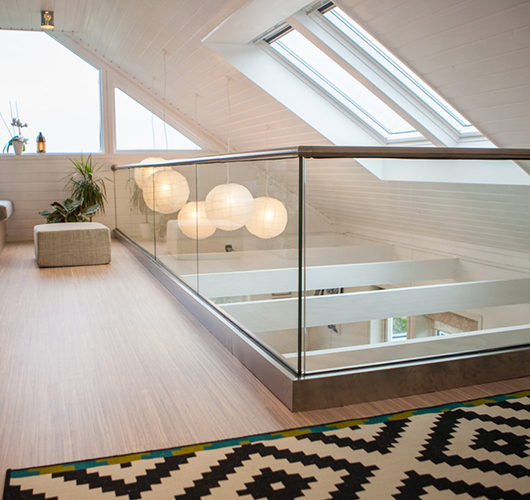5 Essential Racking Solutions
A common mistake for many warehouse managers is failing to assess their material handling needs and they neglect to select a pallet rack that is operation-appropriate. Well designed storage facilities take into account the desired achievements of the space and how to maximize the value of inventory management systems to ensure profitability and efficiency.
What may work well for one space may be completely unsuitable for another. It is important to select a racking solution that establishes a secure process where materials flow seamlessly. It is extremely important to find a provider that is reputable and experienced with a diverse range of storage opportunities.
Utilize the following 5 questions to structure a reliable inventory management system that will give you the best choice for your racking solutions

High or low density solutions?
Create a comprehensive account of each of your pallets that you currently store or expect to manage in your space. Measure this need compared to the volume possible and determine which areas are have negotiable structural abilities. Consider the amount and frequency of pallet use to determine which systems works best for you.
If you consider the massiveness of your product and the desired accessibility, consider that a more dense solution can maintain a larger number of pallets, while a low-density solution allows more aisle space and optimal accessibility.
What is the capacity of your space?
Proper evaluation of the total floor space available and ceiling height will determine which solution is best for your company. As you consider the number of unique products, consider if you need consistent racking throughout the space or multiple sizes to fulfill your orders. Remember to consider things like the use of forklifts and having enough space for them to maneuver safely.
How often will the products be distributed?
As you consider how often you will need to access the space, take into account the necessary width of the aisles and the prominence of the roof. If the shelf life of your products is extensive how does this compare with the needs of products that are hauled more often. If the space needs to operate with more than one parameter, calculate this value when compared to mono thematic spaces.
How can products be grouped?
In order to establish purposeful flow paths, keeping similar items together will reduce the time it takes for dispatch. Items that are not similar but are often hauled together should remain within close proximity. Consider where materials enter as this will help you recognize what type of planning and flow of operations that will be necessary to avoid bottlenecks
Take into account the replenishment needs and which are stocked more often and which are under utilized. A successful space is well planned and considers all of the actual tasks and needs carried out daily, by choosing a solution that ensures efficient warehouse capacity you are able to resolve many of your space challenges.
It is important that you find the right method that utilizes your storage space as intended and the answers to these questions will determine the type of racking solution you should utilize. Be sure to find a company that offers an ideal storage method that is safe, simple and efficient. If you intend to increase your productivity and efficiency then it is crucial to create a flow of operations that maximizes accessibility. These systems are designed to offer a more available space but the possible solutions are endless. Working with a trusted company with experience and diversity of racking solutions will ensure a positive result.
photo credit: fabio.moscioni ES TERNI via photopin (license)









